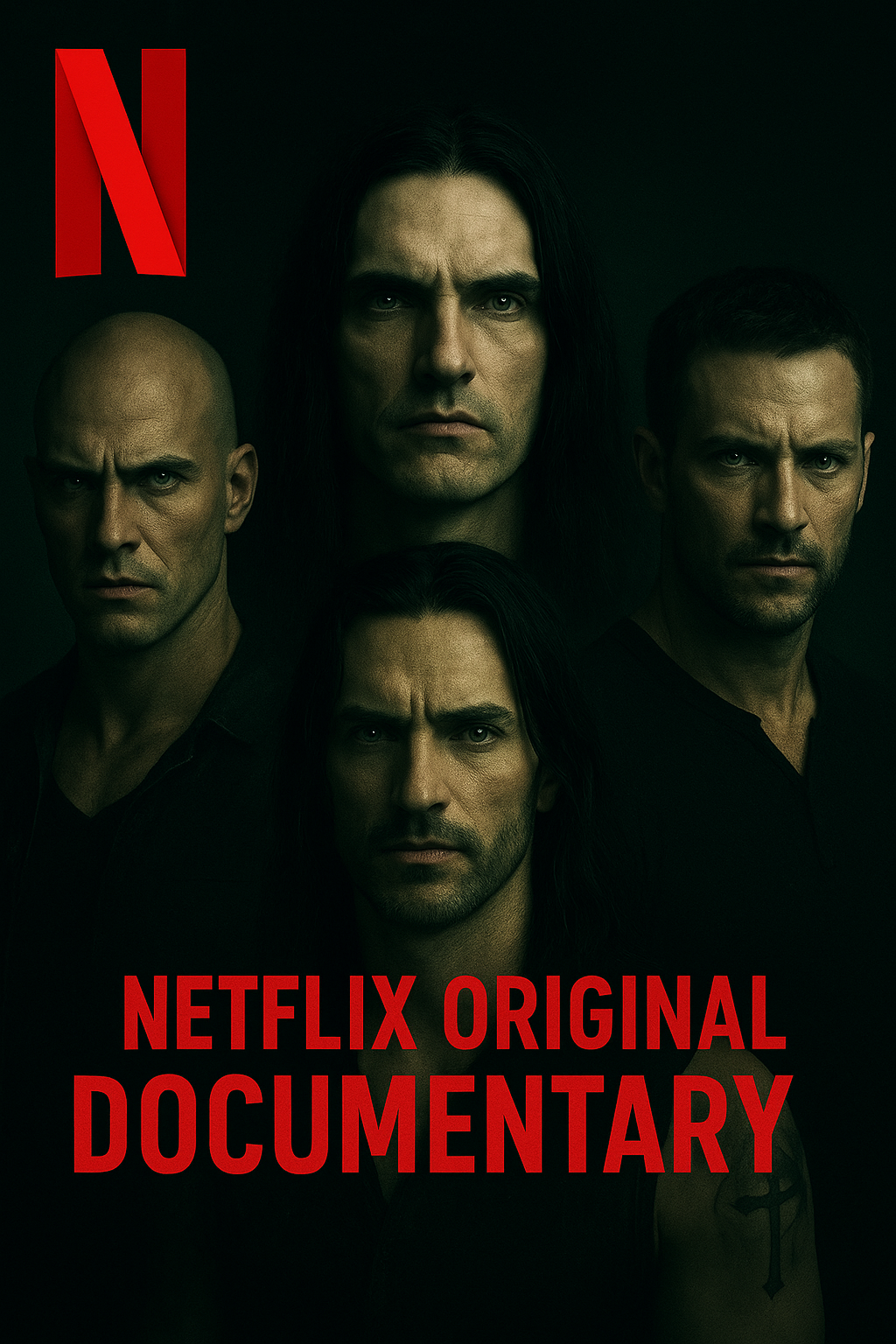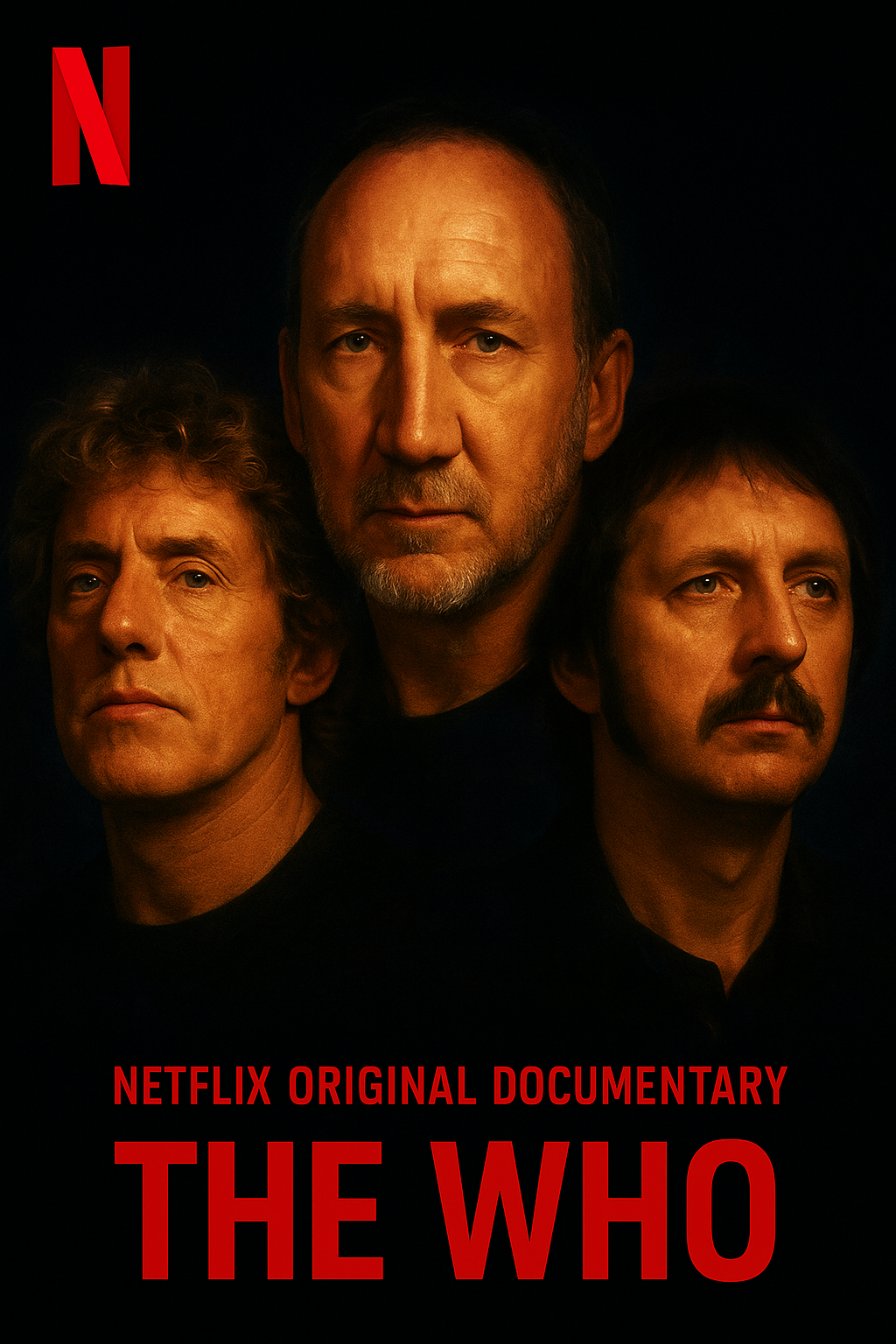Netflix’s newest music documentary, Strings of Genius, is more than a tribute—it is a soulful excavation into the life, legacy, and indelible mark left by Jimi Hendrix. With vivid archival footage, poignant interviews, and electrifying performances, the film crafts an intimate portrait of a man who revolutionized rock and redefined what it meant to express emotion through an instrument. In the hands of this visionary guitarist, the electric guitar became more than a tool; it became a voice, a fire, and a force.
The documentary begins not with Hendrix’s birth, but with the moment that arguably changed the course of modern music—the Monterey Pop Festival in 1967. This symbolic choice underlines the documentary’s intention to explore Hendrix not as a mythic legend, but as a seismic event. Through restored footage, viewers relive the flaming guitar, the raw feedback, and the stunned silence that followed. It wasn’t just performance. It was transformation.
Interviews with surviving bandmates, childhood friends, and present-day musical icons paint a complex picture of Hendrix. Many speak of his soft-spoken nature and his relentless perfectionism. There is a quiet tension between the gentle man offstage and the tornado of sound he unleashed on it. The documentary resists reducing Hendrix to a caricature of sex, drugs, and rock-and-roll, instead opting for nuance: a sensitive artist navigating fame, cultural alienation, and a rapidly changing world.
A central thread in Strings of Genius is how Hendrix’s identity as a Black man shaped—and at times constrained—his trajectory in a predominantly white rock scene. The film bravely confronts the racial dynamics of the 1960s and how Hendrix’s presence challenged genre norms. Interviews with Black rock musicians and cultural historians provide compelling insights into Hendrix’s unintentional but powerful role as a racial boundary-breaker. One voice calls him “a bridge between two revolutions: musical and cultural.”
The documentary’s use of letters, diary entries, and unheard audio recordings provides viewers with something rare: Hendrix in his own words. These moments feel like sacred whispers from the past. Whether he’s musing on creativity, loneliness, or his dream to build a music school for children, the fragments of Hendrix’s inner world are haunting and beautiful. They humanize a figure so often mythologized, reminding us that behind the riffs was a man reaching for meaning.
Perhaps the most powerful aspect of the documentary is its musicality. Rather than simply playing Hendrix’s hits, Strings of Genius dives into the anatomy of his sound. Musicologists and producers break down the innovative techniques he employed—reverse tape loops, chord voicings, feedback manipulation—and explain how he turned the studio into a playground of possibilities. It’s as much a technical masterclass as it is an emotional journey.
Family members speak candidly about Hendrix’s early years in Seattle, his battles with poverty, and the musical roots planted in local jazz and blues clubs. These early chapters are not romanticized. They are raw and often painful, tracing the tension between aspiration and circumstance. Still, they lay the groundwork for his explosive rise—a meteoric ascent powered by talent, hunger, and an insatiable creative drive.
One of the more emotional segments is an interview with Linda Keith, the woman credited with introducing Hendrix to Chas Chandler, his future manager. Her recollection of a young man sleeping on friends’ floors and playing with unmatched intensity in tiny clubs serves as a reminder that genius often waits in obscurity. She describes him as someone “carrying thunder in his fingertips,” long before the world knew his name.
Tributes from contemporary musicians—everyone from John Mayer to H.E.R. to Questlove—underscore Hendrix’s enduring influence. These artists speak not only of Hendrix’s technical brilliance but of how his vulnerability shaped their understanding of expression. Some even cite specific Hendrix songs that helped them through depression, heartbreak, or creative paralysis. His music, it seems, remains not just relevant, but medicinal.
Though the film reveres Hendrix, it does not shy away from the toll that fame, substance use, and exhaustion took on him. Archival footage of Hendrix during his final performances reveals a man fraying at the edges. The sparkle is dimmed, his body visibly strained. The film handles these scenes delicately, never resorting to sensationalism. Instead, they are presented as the tragic final chords of a man who gave everything to his craft.
Strings of Genius closes with a montage that feels like a eulogy and a celebration in one. Scenes of Hendrix’s funeral are intercut with children learning to play guitar, musicians jamming to his songs, and fans visiting his grave. The message is clear: Hendrix may have departed, but his spirit pulses through every amplifier and echo pedal, every musician unafraid to chase the unknown.
Netflix has delivered more than a documentary—it has offered a meditation on artistry, identity, and legacy. Strings of Genius doesn’t just remind us of who Jimi Hendrix was. It invites us to feel what he felt, hear what he dreamed, and recognize the fire he lit in the world of sound. It is a love letter not only to a man, but to the transformative power of music itself.



